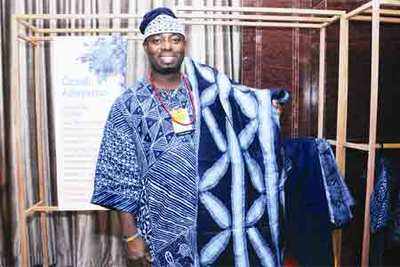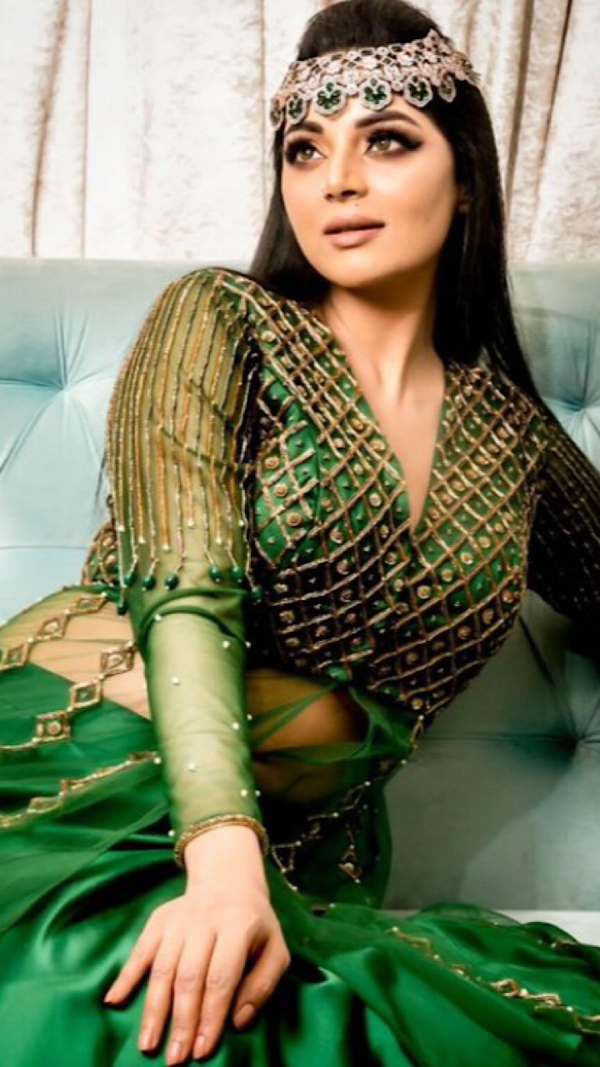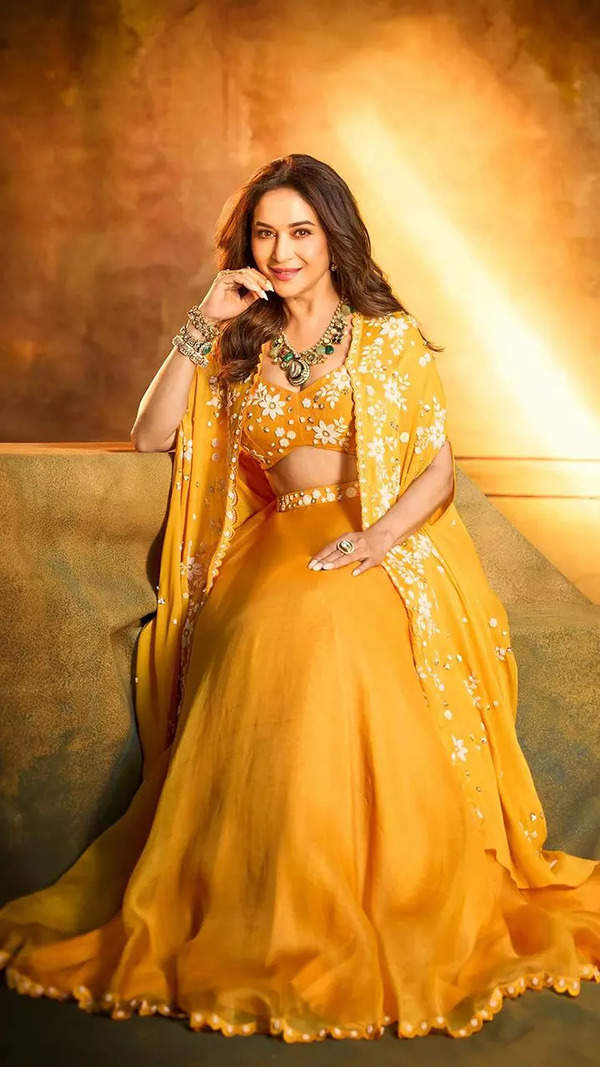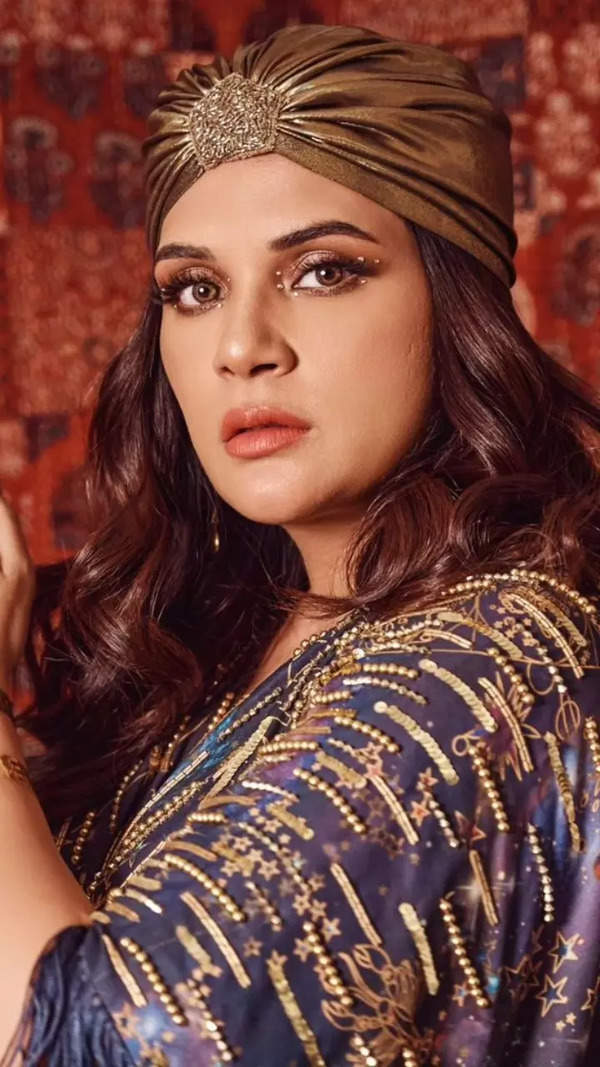Trending
This story is from October 19, 2012
Dyeing to get it right
‘Living legend’ Gasali Adeyemo tells TOI about his rare craft.

When Gasali Onireke Adeyemo lost some of his luggage at the Chennai airport on his way to city, the airport authorities asked him to value his luggage.
At the World Craft Council Summit the next day, he shrugs and says he couldn’t put a price on the material he lost – material which he had spent days and much skill into making.
Gasali can charm you instantly with his warm smile and easy manner.Crowds throng around him to admire his exquisite indigo-dyed batik material at the summit and he takes time to speak to each of them. “People need to understand the story of the cloth and where it comes from,” he says.
Born in a small village belonging to the Yoruba tribe of West Africa, where indigo is a sacred plant, Gasali knew early on that he was an artist. He found his calling following what he calls the ‘family business’. Cloth, usually hand-spun, is dyed using the ‘adire’, or cold-processing resist-dyeing technique. Hand-painting designs on the cloth with a cassava (tapioca) paste prior to dyeing produces the unique and vibrant patterns.
Gasali sells his material in Los Angeles through the art gallery-cum-store, Dosa and in Washington DC through Damali Afrikan Wear. “Dosa is a type of food here in India, isn’t it? I had no idea!” he says with a laugh.
Gasali’s clothes are entirely organic. “Natural clothes help your head,” he says. “They’re comfortable to wear and they’re safe for the environment.” Ask him what Indian handicraft he has seen on his first visit to India that he admires, and he responds immediately, “Kalamkari, it is beautiful!”
At the World Craft Council Summit the next day, he shrugs and says he couldn’t put a price on the material he lost – material which he had spent days and much skill into making.
Gasali can charm you instantly with his warm smile and easy manner.Crowds throng around him to admire his exquisite indigo-dyed batik material at the summit and he takes time to speak to each of them. “People need to understand the story of the cloth and where it comes from,” he says.
Born in a small village belonging to the Yoruba tribe of West Africa, where indigo is a sacred plant, Gasali knew early on that he was an artist. He found his calling following what he calls the ‘family business’. Cloth, usually hand-spun, is dyed using the ‘adire’, or cold-processing resist-dyeing technique. Hand-painting designs on the cloth with a cassava (tapioca) paste prior to dyeing produces the unique and vibrant patterns.
Very little good quality adire is still being made in West Africa, and Gasali is an exponent of a ‘dying’ art (pun intended). Considered a ‘living legend’ by the crafts council, he says his craft is ‘in his blood, his spirit, his life’.
Gasali sells his material in Los Angeles through the art gallery-cum-store, Dosa and in Washington DC through Damali Afrikan Wear. “Dosa is a type of food here in India, isn’t it? I had no idea!” he says with a laugh.
Gasali’s clothes are entirely organic. “Natural clothes help your head,” he says. “They’re comfortable to wear and they’re safe for the environment.” Ask him what Indian handicraft he has seen on his first visit to India that he admires, and he responds immediately, “Kalamkari, it is beautiful!”
End of Article
FOLLOW US ON SOCIAL MEDIA









